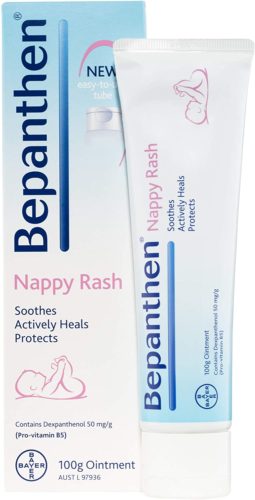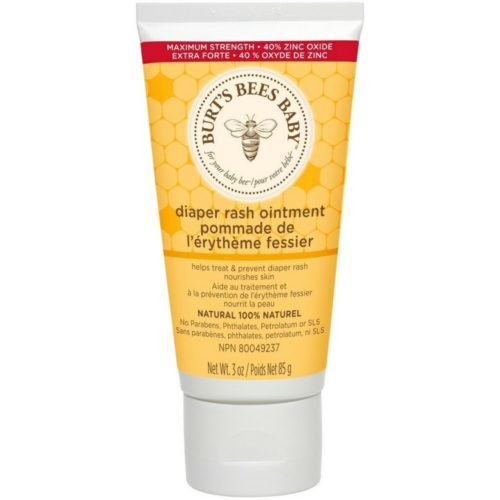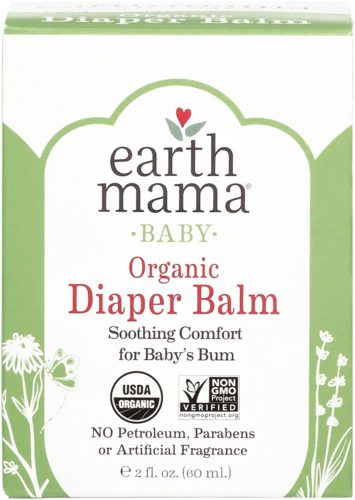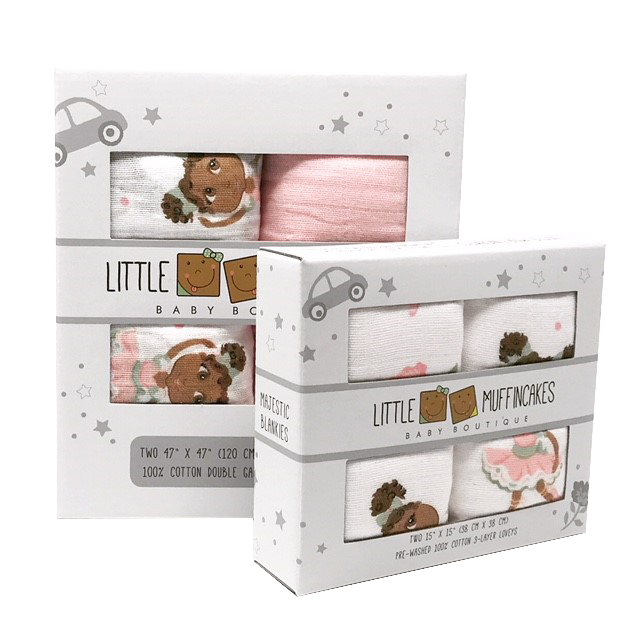If some things are better imagined than experienced, ‘Diaper Rash’ tops the chart. Diaper rash is skin irritation or injury that thrives in the warmth and moisture inside a baby’s diaper. It could be the first of many things that people are referring to when they tell you to ‘be ready for downward slides in this parenting journey’.
It’s not hard to know why they say this: diaper rash can be both painful and uncomfortable. And babies, who know nothing about articulating their feelings, will do so the only way they know how – by being cranky at best or by crying all due to the discomfort. Besides, no one wants their child to have blotches of red, chafed, inflamed skin as long as it can be avoided.
Worse still is the thought that you can’t take their distress and bear the pain for them, but at most you can only pat their little bodies as they heave under the discomfort of it all. Certainly, diaper rash prepares us ahead of time for a jarring reality of life: we can’t always have control over everything our kids feel. However, it is comforting to know that right now, we have the opportunity to protect them from harm and prepare them in a way that builds strength and resilience for the future.
So, here’s all you need to know about Diaper Rash.

CAUSES
Diaper rash affects the nether region including the genitals, thighs and buttocks and can prove bothersome for infants, even requiring a visit to the doctor in severe cases. It is caused by some factors:
- Keeping on wet diapers for prolonged hours, especially after urine or even poop has accumulated is dangerous for your baby’s fragile skin. Endeavor to check the diaper intermittently and confirm the presence or other of excretory waste.
- Chafing or rubbing: If you’ve ever noticed that friction-like sensation when your inner thighs brush together, then you know what chafing means. Tight-fighting diapers (and clothes) will not help your baby’s soft skin.
- Drugs: Some antibiotics may kill off good bacteria which are instrumental in having a balance measure of yeast. The unrestrained growth of yeast may lead to candidiasis in babies which could appear as reddish, swollen
- Skin sensitivity: By no doing of anyone but Nature, your baby may develop diaper rash due to skin conditions such as atopic dermatitis or seborrheic eczema although the chances are that these conditions may also appear in areas other than the diaper area.
- Diet: Introducing your baby to a new food or a slight alteration in your diet as you breastfeed may have certain effects including more frequent or more concentrated stools. Either of these can increase the likelihood of your baby developing a rash.
- Antibiotic-use: Antibiotics are known to kill bacteria by tackling the root cause of the problem. However, in the course of doing this, they may deplete the body’s capacity to perform other tasks.
TREATMENT & PREVENTION
The saying ‘Prevention is better than cure’ is not uncommon and we cannot agree less. Treating a diaper rash on their baby is certainly not where anyone wants to be. But when it does happen, fixing it as soon as possible is best for everyone, especially your baby. Here’s how to prevent a diaper rash, or treat it if it occurs:
- Prompt diaper change: Ensure your baby has on only diapers that are clean and dry at all times: The biggest cause of diaper rash is infrequently-changed diapers, and so, a dry diaper is your best chance at zero rashes. Soiled diapers should be replaced promptly to avoid irritation on the skin.
- Gentle cleaning: Clean the area gently with soft, mild wipes; avoiding fragrance and alcohol-based wipes. Water wipes are recommended. Also, when bathing, pat the area dry; don’t scrub.
- Diaper time-out: Allow your baby’s skin a breather by laying your child on a towel or waterproof mat for a stipulated period. It could also be during a diaper change.
- Apply ointments: During the diaper-change intervals, apply balms and ointments which can act to help soothe the irritability.
- Switch diaper sizes: Rather than have your baby in perfectly-sized diapers, go a size up to reduce the contact of an already existing rash with moisture from the firm diaper. Keep the diaper loose enough for comfort but firm enough to hold.
- ‘Cloth or disposable diapers?’: While there is no indication that either one knocks the other out, we advise disposable diapers because it is one-use-and-dispose, rather than cloth diapers that require re-washing and re-using. However, if you suspect a particular product type does not match your baby’s skin, feel free to explore other more friendly options.
Product Recommendation

1. Bepanthen
Bepanthen Nappy Care Ointment is an easy to apply and breathable barrier cream that helps keep little bottoms happy and protected from the causes of nappy rash.

2. Burt’s Bees Baby Diaper Rash Ointment
Formulated with 40% Zinc Oxide and Sweet Almond Oil for maximum protection, this ointment creates an emollient layer that shields baby from wetness that can irritate delicate skin.

3. Babyganics Diaper Rash Cream
With this zinc oxide based, non-petroleum formula you can treat and prevent diaper rash, help seal out wetness and protect chafed skin due to diaper rash (talk about a triple threat!).

4. Earth Mama Organic Diaper Balm
This Balm is now 100% USDA Certified Organic, made with ethically sourced organic beeswax that’s been gathered in a bee-centric manner. The herbal ingredients are traditionally used to help comfort and soothe diaper area and skin
In some cases, the rash may progress towards an acute stage wherein the risk of infection is heightened. Signs you need to visit the doctor or paediatrician include fever, blisters, redness (or bleeding), swelling or discharge in the diaper area. By proper examination, they will provide expert advice and recommendation on what would work best.
Don’t forget to maintain basic hygiene requirements after each diaper change; as this prevents the possible spread of germs and bacteria to other parts of the infant’s body. Thankfully, diaper rash is highly treatable, and in no time, your baby’s butt should be as good as new!
- How To Revive Your Sex Life After Baby - October 17, 2023
- The Sona App Aims To Make Your Child “Sleep Like A Baby” And We Tested It - May 14, 2023
- 7 Ways To Get Some Alone Time As A Mom - March 1, 2023








